3D video tuning technology research to find a suitable tuning method
With the rapid development of display technology, 3D display has fully entered the home market. The latest flat-panel TVs and home theater projectors from major manufacturers all have 3D display functions. 3D home video technology is undoubtedly the hot spot of home theater. In this March issue, we have conducted a comprehensive analysis of 3D home theater projectors, from the technical level to the various models to explain the characteristics one by one, has been favored by many audio and video enthusiasts. 3D stereoscopic display technology is much more complicated than 2D flat display technology. Nowadays, the 3D display solution with active shutter and passive polarization technology is not the best 3D display implementation. The naked eye 3D and even holographic 3D is the ultimate direction of the future development of stereo display technology. However, the stereoscopic feeling brought about by the current 3D implementation of the glasses type has obviously surpassed any previous stereoscopic solution, and has brought a quite real three-dimensional sense of space, and thus has obtained a relatively high degree of recognition.
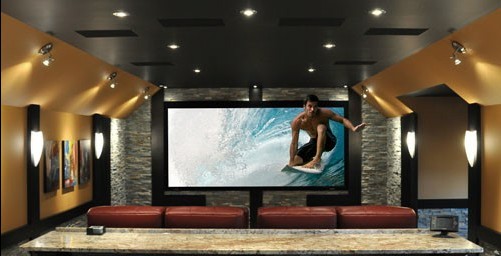
In the past, we all analyzed 3D display technology from the perspective of how to obtain 3D stereoscopic images. In this issue, the author will explore a very easy to be ignored part of the 3D video field - 3D video tuning technology, so that more readers Know how to maximize the ability of 3D display devices to truly restore stereoscopic images.

Based on active shutter and passive polarized glasses technology
Brief introduction to mainstream 3D home display solutions
As for how to correct the 3D display device screen, you need to understand the technical characteristics of various mainstream 3D display devices, and learn the best way to watch, the matching projection screen and the use environment to show the best stereo effect. As we all know, the most ideal 3D display solution is the way of naked-eye 3D display. Although some manufacturers have recently launched a flat-panel TV with a naked-eye 3D method, the actual effect is far from ideal. At present, home stereo imaging still needs to rely on glasses to achieve. There are many ways to implement glasses-type stereoscopic images. The mainstream solutions are active shutter glasses and passive polarized glasses.
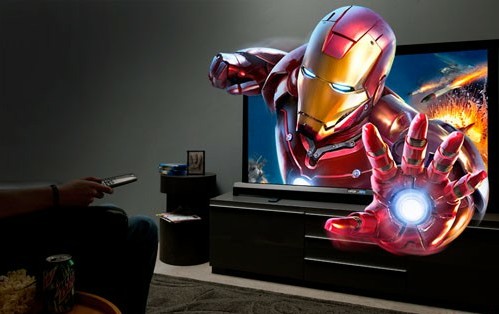
The active shutter glasses type 3D technology mainly uses the principle that the liquid crystal lens does not break to switch the images of the left and right eyes to form a stereoscopic image. The advantage is that there is no need to change the original core display and optical path structure of the display device, as long as the relevant processing chip can be added. Implemented to enable the display device to switch between displaying images of the left and right eyes. Active shutter glasses can bring full HD 3D images with 1080p left and right eyes. For active 3D projection systems, there is no special requirement when selecting the projection screen. Ordinary white screens can be used. Disadvantages include the flickering of the picture, the problem of crosstalk between the left and right eyes, and the shutter-type 3D glasses with built-in power supply are heavy, which is not conducive to wearing and high cost. China Home Theater Network
Passive polarized glasses 3D technology uses the polarization characteristics of light to enable the display device to switch between the left and right eye images, and then receive the different polarized light characteristics of the left and right eyeglasses. The biggest feature of this glasses-type 3D solution is that the polarized glasses adopt a passive structure, which is very light in weight and comfortable to wear. The advantage is that the picture is flicker-free, and basically does not cause crosstalk problems between left and right eyes. The picture is smooth and natural, passive 3D Glasses are cheap to manufacture and inexpensive. The shortcomings include the stereo image resolution of the left and right eyes of the single passive polarization display device theoretically failing to reach the level of 1080p full HD. If it is a passive dual-projection 3D display system, there is no such problem. In addition, for the passive 3D projection system, the projection screen needs to be matched with a projection screen with polarized light characteristics, such as a common screen in a cinema, a white screen with polarized light characteristics, and the like.

The above is the basic technical features of active shutter and passive polarization 3D, and thus it can be found that the stereoscopic image between the two is different. However, it is worth noting that with the rapid development and maturity of the two technologies, the difference between the two has become smaller and smaller, especially for high-end models. The biggest problem on the active shutter 3D technology screen is the flicker and the crosstalk between the left and right eye images. Now most manufacturers improve by increasing the screen refresh rate or changing the refresh mode. Compared with the earlier models, the flicker has been greatly improved. Reduced, and the crosstalk problem, although still present, has basically not affected viewing.
The problem of image quality in passive polarization 3D technology includes two aspects. One is the single passive polarization display device, which mainly refers to the passive polarization 3D TV. The picture accuracy is not as good as the active shutter system. Many senior researchers in the field of video at home and abroad have pointed out that passive polarized 3D TV can only acquire 540 vertical scan lines at the same time. Even if the body image is combined in the brain, it can't reach 1080p full HD stereo image. There is a certain gap in the display mode of active shutter glasses. However, in the actual viewing process, the passive polarization 3D TV shows better picture quality than the 540p SD image, but it is slightly inferior to the active shutter 3D TV.
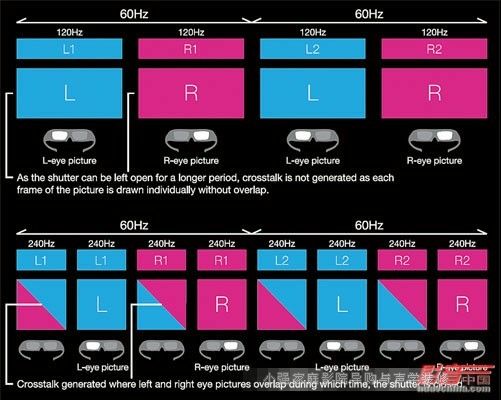
The biggest problem with the active shutter display method is flicker. Now the main solution is to increase the refresh rate of the screen or change the refresh mode to achieve
The second is that the passive polarization projection system is limited by polarization optical imaging. The projection screen can only choose the screen with polarized light characteristics or the special screen. This kind of screen is different from the ordinary white screen, and it is easy to appear solar effect, that is, The brightness of the center of the picture is the highest, and the brightness of other positions is significantly reduced. In other words, the viewing angle of the picture is also narrow, and the quality of the off-axis picture is poor. This problem has a greater impact on passive polarized flat-panel TVs, which have a smaller display area, and a smaller projection system. After all, the viewing area is not large in a home environment.

Passive polarization projection systems have certain limitations on the choice of projection screens, and require screens or special screens with polarized light characteristics.
Since these two 3D solutions belong to the implementation of glasses, there will be problems of optical loss, especially in the general single-machine 3D projection system. The actual output brightness may only be 20% to 30% of the original brightness, which seriously affects The whole look. Therefore, if you want to get excellent 3D large screen projection, you need to choose a dual-machine 3D projection system.
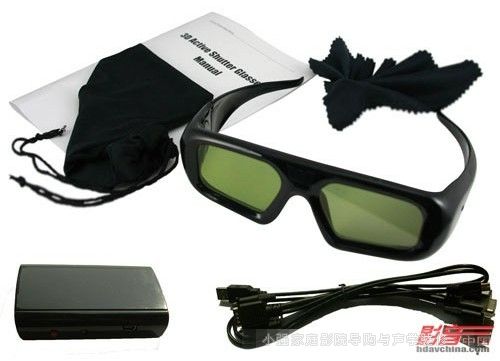
It is an effective solution to improve the energy perception of the entire screen by improving the light transmittance of the glasses.
To solve this problem described above in a stand-alone 3D projection system, one aspect can be achieved by increasing the brightness of the display device. Because most of the projector manufacturers are developing and launching a new generation of models, they have deliberately increased the brightness standard of the projector by more than 20%. On the other hand, it can also be achieved by improving the light transmission efficiency, the most important of which is to increase the light transmittance of the glasses. However, only a small number of manufacturers are concerned about this issue. For example, Mitsubishi has improved the type of liquid crystal lens in active shutter 3D glasses, and improved the light transmittance of the glasses through a shorter liquid crystal opening and closing time. However, from the current introduction of a variety of home theater projectors from various manufacturers, the energy perception of 3D images is still insufficient. Therefore, this also explains the calibration standards and methods that cannot simply copy 2D images during the screen adjustment process. Must choose the relevant means and guidelines for 3D video tuning.
Before delving into the 3D video tuning technology, let's consider the following two questions:
1. Can ordinary non-3D flat-panel TVs and home theater projectors implement 3D display functions through an external processor?
2. Can a display device using active shutter 3D technology be converted into a passively polarized 3D model?
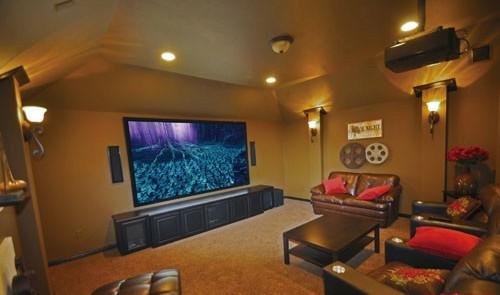
These two issues are currently hot topics in the field of home 3D display. The first question is about the popularity of 3D display. The second question is to explore how to get a better 3D display.
Although flat-panel TVs and home theater projector manufacturers are constantly introducing new 3D models in the past two years, most users still use models that do not support 3D display. If you replace it with a brand new 3D device, it will be a lot of cost, which will lead to the hesitation of these users, which directly delays the popularity of the entire 3D display home market.

A dedicated 3D video processor has now appeared to enable traditional 2D display devices to support 3D stereoscopic display.
So, everyone raised the first question: "Can ordinary non-3D flat-panel TVs and home theater projectors implement 3D display functions through an external processor?" The answer is yes. In fact, this question is similar to whether the early high-end three-gun CRT projector can support the HDMI interface through an external converter. It has been previously described that the active shutter 3D does not need to change the core display structure of the display device, and can be implemented by simply adding a video processor. Nowadays, many 3D video processors introduced by manufacturers specializing in video processors (such as 3DNOW and HDfury) have taken full advantage of the features of active shutter 3D technology, and 3D video processors receive various signal sources. The output 3D signal, including the mainstream Blu-ray 3D player and 3D TV broadcast, controls the display mode of the display device to match the refresh rate of the attached active shutter glasses, and finally allows the user to see the 3D image. This 3D video processor can basically support all 2D devices, and also uses the most extensive RF RF method for 3D glasses synchronization. Of course, it is also compatible with the common IR infrared mode, which means users can use different types of 3D. glasses.
Since non-3D devices can support stereoscopic display, can the device with active shutter 3D display become passively polarized to completely eliminate the problem of flicker, and also wear more passive polarized glasses with lower comfort and lower light loss. Get a better look? This is the second question mentioned above. In fact, due to the limitations of the manufacturing technology of the active shutter 3D flat panel TV itself, it is impossible to switch it to a passive polarized flat panel television using an external converter. However, a home theater projector with an active shutter 3D structure can be converted into a single passive polarization display by an external active polarizer.


Volfoni's SmartCrystal Pro passive polarization processor converts DLP 3D active shutter 3D projectors into passive polarization models
This conversion method is derived from a professional cinema. The work of switching the left and right eye images is transferred from the active shutter glasses to the active polarization controller placed in front of the lens, adding different polarization characteristics to the picture of each eye, and finally passing The passive polarized glasses view the stereoscopic image. Volfoni, the world's leading French provider of residential or professional 3D solutions, brings SmartCrystal Pro an external processor that converts DLP 3D home theater projectors into passive polarization. The actual working method is as mentioned above, the active shutter projector capable of supporting the output brightness of up to 5000 lumens, basically covering the mainstream models, and the utility is very high, only with the screen or the screen with polarized light characteristics and Passive polarized glasses are achievable. It is worth mentioning that for 3D home theater projectors using LCoS or LCD technology, Volfoni will also introduce targeted passive polarization conversion solutions in the future. However, this conversion scheme has been measured by some foreign players and found that the actual brightness of the screen is lower than that of the active shutter glasses before conversion. Therefore, it is necessary to select a projector with a higher output brightness to obtain an ideal image. The sense of picture energy.
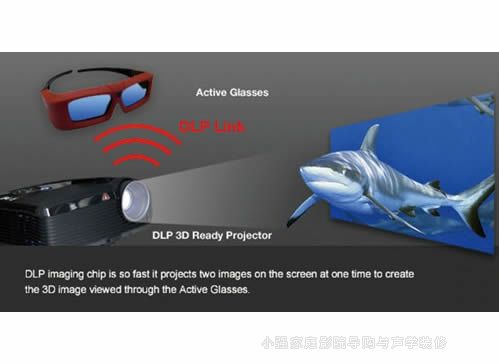
Through the above discussion and analysis, it is not difficult to find that the basic reason that affects the texture of the entire stereoscopic image is the 3D glasses. Therefore, in the process of 3D video calibration, it is often necessary to place the debugging focus on the 3D glasses, not just the projector itself. .
[page]
3D glasses bring great limitations to 3D video tuning
Explore 3D video adjustment difficulties <br> recent years, with well-known international ISF and THX Video Professional video training into the country, making more and more people tuning video, audio and video professionals and video enthusiasts learned display Device video tuning plays a decisive role in picture quality. It not only masters the system's video tuning method, but also understands what kind of picture is correct. It is worth mentioning that most of the topics covered in these courses are about 2D planar imagery, and only a few of them talk about the adjustment of 3D stereoscopic video. Why does this happen? The main reason is that due to the immaturity of 3D video display technology, there is no relevant standard in the world at present, and it is difficult to formulate a calibration method for 3D display devices. Among the solutions that use glasses 3D technology as the mainstream at this stage, 3D glasses have become the biggest factor limiting 3D video tuning.
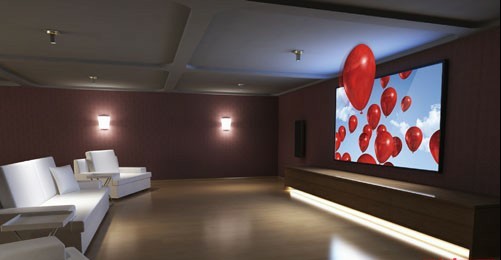
In the ISF training held in Hong Kong last year, Joel Silver, who was the master of the video industry, once said: "In the field of home 3D display, the quality of 3D glasses plays a crucial role in the imaging of the entire stereoscopic image." It is the most excellent 3D glasses with optical characteristics, and it will also have an impact on the brightness, contrast, resolution and color of the screen. What's more regrettable is that most home theater projector manufacturers obviously don't focus on technology research and development on the glasses. The quality of the 3D glasses that come with them is not guaranteed to have the best quality.
The following are the effects of 3D glasses on 3D video calibration and the corresponding processing methods:
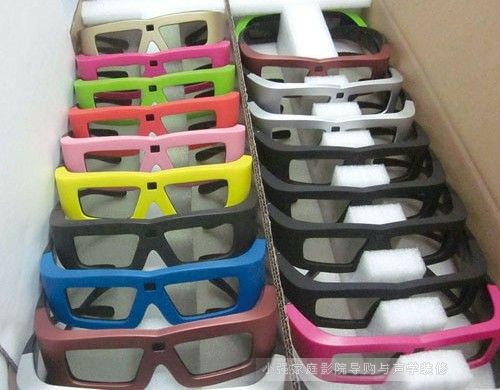
1. For conventional routines that do not need to be calibrated with optical sensors, such as brightness, contrast, best available dynamic range, etc. If the display device has 2D to 3D function, you can also convert the 2D test pattern into stereo, directly wear The upper 3D glasses are corrected.
2. If the display device does not have the function of 2D to 3D, or uses optical sensors for color management, it is necessary to adjust the picture separately through the left and right eyeglasses.
3. It is precisely because 3D images need to be calibrated separately through the left and right eyeglasses. The measured values ​​obtained after adjustment between the two will be different due to the difference in optical parameters between different lenses. At this point, multiple measurements are required and the arithmetic mean is taken.
4. If the optical characteristics of the left and right lenses of the 3D glasses are far apart, the difference between the measured values ​​of the left and right eye adjustments will be very large when measuring. At this point, you need to change the glasses.
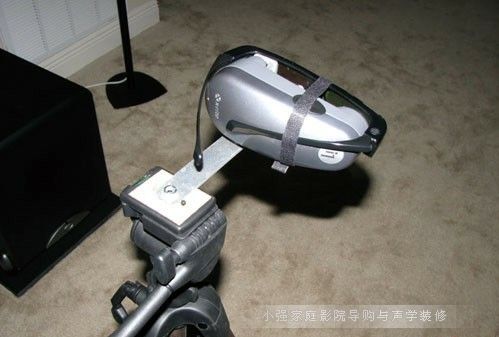
When adjusting the color management of the 3D display device, it is necessary to place the 3D glasses in front of the optical sensor.
5. When professional calibrators use optical sensors for depth measurements, the optical sensors also need to be tested through 3D glasses. At this time, the specific operation method is not much different from the direct measurement of the human eye, but it should be noted that the optical sensor receives the light surface to be placed in the center of the lens. There are some differences in the optical properties of the center and edge of the lens. China Home Theater Network
6. 3D glasses will produce obvious light loss. Therefore, the appropriate target adjustment value should be set according to the maximum output brightness of the projector during the measurement process. The international standard reference value when the 2D picture is hardened should not be generated.
7. Different types and brands of 3D glasses will have different expressions for color, so it is recommended to use the same brand of 3D glasses for viewing.
8. For any 3D display device, the relevant 3D mode and 2D mode must be set.
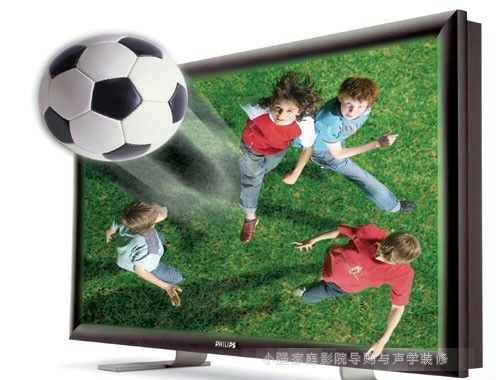
The above-mentioned 3D video calibration method is the basic method for measuring and adjusting the glasses type 3D. The biggest problem that arises is that the difference in 3D glasses has a large impact on the overall adjustment results. The mainstream glasses-type 3D stereoscopic imaging method is to make the images viewed by the left and right eyes overlap to form a parallax, thereby generating a stereoscopic image. If there is a large optical difference between the left and right lens pieces, no matter how accurate measurement and adjustment of the lens of each eye, the final stereo image adjustment value cannot be obtained. It is worth noting that the 3D display device calibration method discussed above is based on a conventional 2D test pattern. So, is there a 3D test pattern specifically for stereoscopic display devices? For ordinary audio and video enthusiasts how to use simple disc tools for 3D tuning and other issues, will be explained later.
Get rid of 3D glasses
International experts have begun to develop 3D test patterns
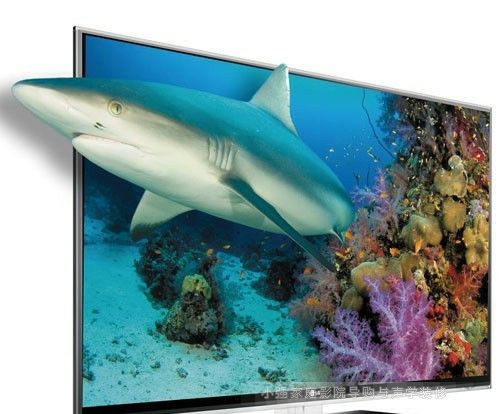
After a series of analysis and discussion in the previous section, when the traditional 2D test pattern is used to adjust the 3D display device, it must be realized through 3D glasses, and the 3D glasses itself have various problems, which is not conducive to the screen during the adjustment process. It is difficult to obtain excellent stereoscopic image effects by judging and measuring various parameters. However, the current test mode of the Blu-ray test discs and most of the video signal generators in the hands of video adjusters and audiophiles are basically for 2D images, and must rely on 3D glasses. This is also a helpless move.
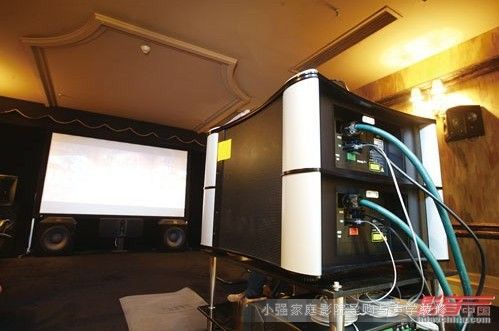
Why do you need to combine 3D glasses when using 2D test patterns for video tuning? Because the current mainstream glasses-type 3D system, including active shutter and passive polarization, belong to the 2-view stereo display mode, that is, the different images seen by the left and right eyes are combined in the brain to form a stereoscopic picture. Then, in the process of adjusting the 3D picture, the best processing method is to divide the stereo picture into two pictures of the left and right eyes for adjustment. The traditional 2D test pattern is only a single picture, and it is impossible to distinguish the left and right eyes. It is only necessary to use 3D glasses to solve this problem. Of course, for the general picture adjustment, the 2D to 3D function in the display device can also be used to assist the adjustment. When 3D glasses are introduced, it naturally brings about various problems, as mentioned above.
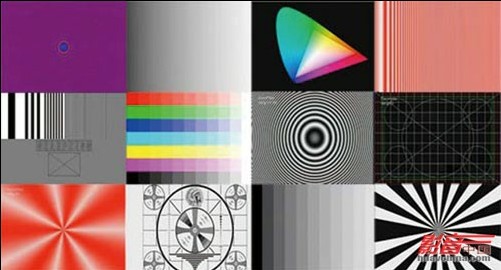
Traditional 2D test patterns must be paired with 3D glasses when performing 3D display device adjustments.
Therefore, in order to get rid of the limitations of 3D glasses, many well-known international tuning masters, including Joe Kane, a high-definition video standard setter, have begun to develop 3D test patterns that can be adjusted without wearing glasses. A good result has been achieved. Some of the 3D test patterns have been integrated into Audio Video Foundry's latest VideoForge video signal generator. In addition, some professional video signal generators in foreign countries also bring other types of 3D test patterns. For professional video tuners, it is now possible to use these 3D test patterns to fine-tune two different 3D solutions, active shutter glasses and passive polarized glasses.

VideoForge video signal generator integrates some 3D test patterns without depth information
The feature of these 3D test patterns is that they can simultaneously display two different signals on the same frame and identify the left and right eyes, without selecting them through 3D glasses. It should be explained that although such test patterns belong to 3D signals, stereoscopic pictures cannot be obtained after wearing glasses, because they belong to a kind of depth information without pictures, only 3D video signals containing left and right eye plane information, and the range of use. It is also limited to 3D video tuning. The flattened 3D test pattern is obviously consistent with the information covered by the images produced by the left and right eyeglasses respectively. The video tuner only needs to use this type of test pattern to complete the test, avoiding the use of 3D glasses. The various problems that arise, so that the focus of the adjustment is returned to the display device itself.
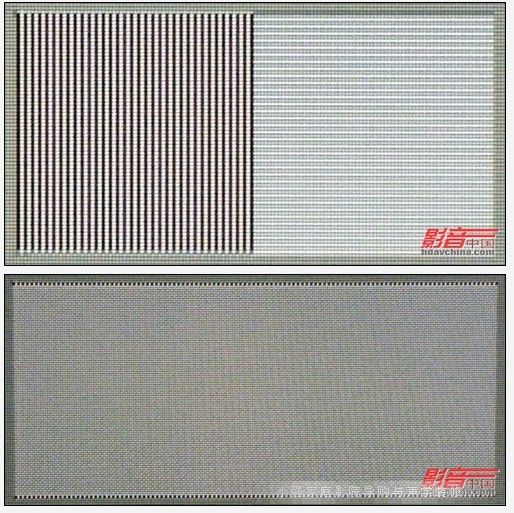
These are partially planarized 3D test patterns
As an excellent 3D display device, the prerequisites must also be excellent 2D devices. After all, according to the current mainstream glasses 3D solution, the stereo image is composed of two flat images. Therefore, before performing stereoscopic image testing using 3D test patterns, conventional planar image testing must be performed to ensure that the display device can provide ideal 3D stereoscopic imaging performance. If your projector or flat-panel TV doesn't meet the most basic 2D images, you don't have to expect too much from its stereo effect. In addition, it should be noted that after detailed adjustment of the 3D display device using these 3D test patterns, it is necessary to re-examine the corrected picture by wearing the 3D glasses. Some video enthusiasts and audio-visual enthusiasts may ask whether there is a Blu-ray or DVD test disc with integrated 3D test patterns. JKP Production, which has developed the DVE-HD Basic test disc, which has been widely recognized by players, has indicated that it will be launched in the future. Related 3D test discs allow more consumers to adjust 3D video in a simple way.
Use simple tools in your hands
The home 3D display device to play the content mentioned about 3D video set-ups in front of <br> maximum performance, mainly based on the professional video calibration technicians and video enthusiasts to obtain three-dimensional images imaging excellence. For users of ordinary 3D display devices, how to use the only tools in their hands to maximize the performance of 3D display devices is also worthy of attention.
When the average home user adjusts the 3D device, the most basic point is to find out the location of the 3D display and the 3D home theater projector on the 3D display calibration menu. Some projectors tend to use the ordinary 2D menu and 3D. The menus are separated. To enter the 3D setup menu, you usually need to pass the special buttons on the remote control. Please check carefully whether the remote control in your hand has a 3D menu button.
Most of the functions in the 3D test menu are for stereo depth information adjustments.
Most of the functions in the 3D menu are basically used to adjust the depth effect of the stereoscopic image. Although these functions can make you get more prominent stereoscopic effects, they will cause distortion and distortion at the edge of the image. You can make the appropriate adjustments for your own needs. In addition, in addition to paying attention to the 3D adjustment menu in the display device, also pay attention to the settings of the 3D signal source. For example, the Sony Playstion3 with very high penetration rate needs to reset the parameters of the display device after connecting the 3D device to recognize the 3D display device. And get the best results.
For home users, it is a very practical adjustment method to open the 3D signal source and the 2D to 3D function in the projector, convert the 2D test pattern to 3D, and then adjust it through 3D glasses.
As for how to make simple adjustments, we specially consulted Greg Loewen, THX Video Video Certification Engineer Training Instructor and Chairman of the American Lion Audio and Video Consultancy Company. He said that in order to perform 3D display device calibration, it is necessary to match the 3D test pattern. For ordinary users, the test pattern in the 2D test disc can be converted into a stereo test pattern by using the 2D to 3D function on the Blu-ray player and the display device, and then viewed by wearing the 3D glasses. No matter which type of 3D glasses technology, it will produce about 75% of the optical loss, which requires the user to set the light output of the display device to the maximum in 3D mode to ensure that the picture has sufficient energy and also The accuracy of the black level is ensured by adjusting the brightness parameters. These two points are important factors that are particularly easy to distinguish when viewing 3D stereoscopic images. Since there is no uniform standard in the 3D glasses section, he recommends that users use 3D glasses that are the same brand as the display device, because different types and brands of 3D glasses have different definitions of colors. If the video enthusiast wants to manage the color of the stereo image, then the 3D glasses are placed before the test instrument for measurement. China Home Theater Network
Picture brightness and black level performance are the two factors that affect 3D stereoscopic imaging, and must be carefully corrected. After the adjustment, you can judge whether the color has a problem by the test chart reflecting the skin color of the person. As Gregg Loewen mentioned, the two aspects that have the greatest influence on the 3D image are the energy sense of the picture and the accuracy of the black level. For ordinary users. In fact, there is no need to pursue accurate color reproduction too much. When selecting the picture mode, you should select the mode with the largest brightness output. At the same time, you need to pay attention to adjust the brightness of the dark part to maximize the dynamic range of the picture and ensure the details of the dark part. Some will not be lost.
In summary, 3D video tuning is currently a hot topic, but due to the immature 3D technology, mainstream 3D display still needs to be matched with 3D glasses, including active shutter and passive polarization, so the tuning process Inevitably, 3D glasses will be involved. The 3D glasses will have a certain impact on the brightness, detail, color and other aspects of the picture, making the entire adjustment process difficult. At present, for the professional video calibration technicians, the screen can be adjusted from the glasses through a special 3D signal generating device. Of course, the correctness of the screen is still checked through the 3D glasses. Ordinary users need to rely on 3D glasses for tuning. We expect 3D display device technology to continue to move toward the naked eye multi-view 3D as soon as possible, in order to get rid of the limitations of glasses, and truly bring the three-dimensional display to the general public.
Track Light Price,Outdoor Track Lighting,Commercial Track Lighting,Led Track Lighting Systems
Jiangmen Liangtu Photoelectric Technology Co., Ltd. , https://www.liangtulight.com